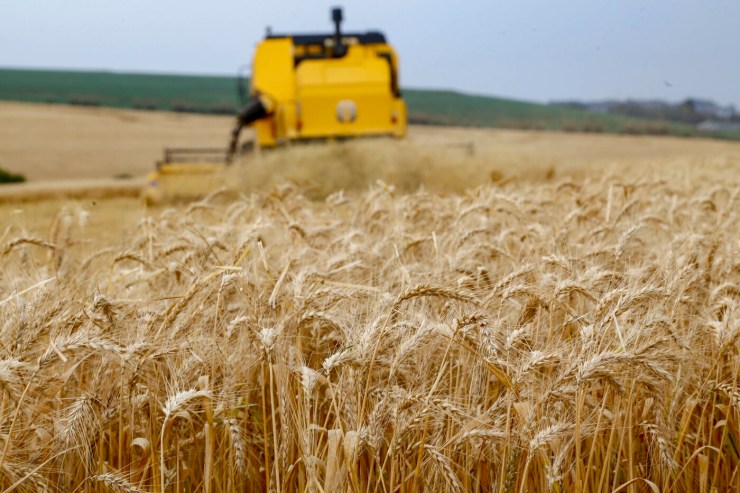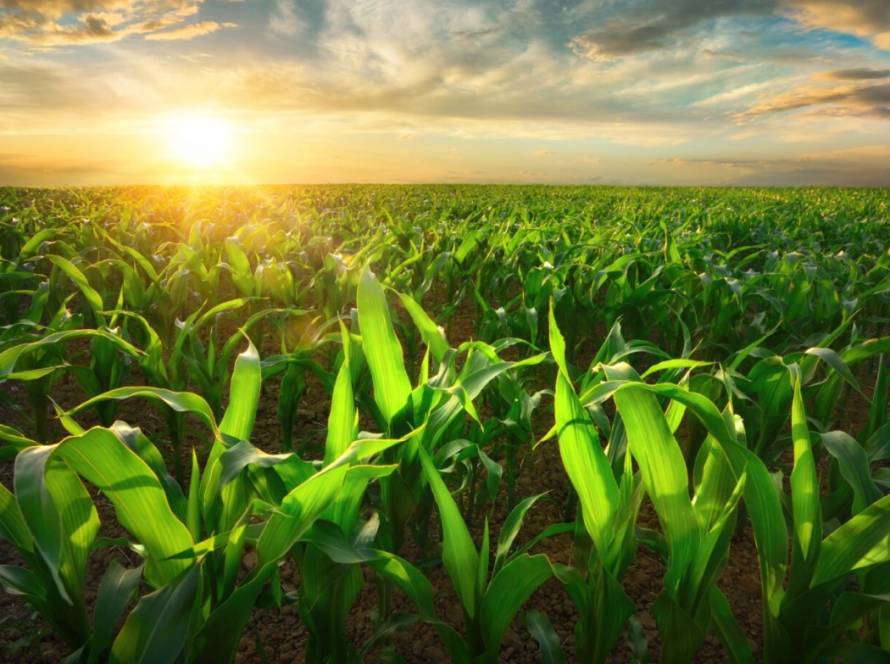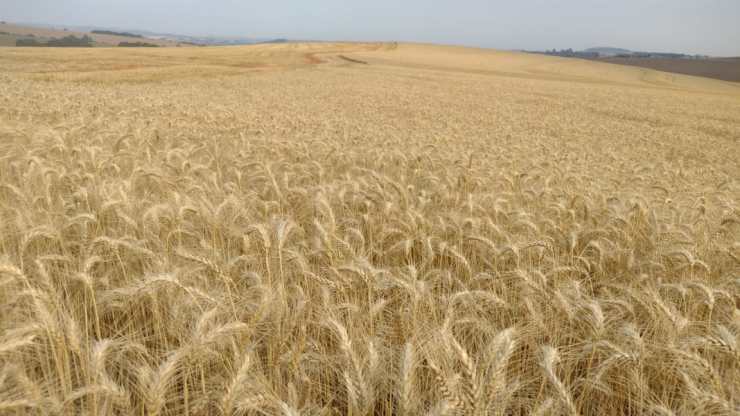The intensification of the second-crop corn harvest has been altering the logistics pace in important Brazilian agribusiness hubs. The new round of grain movement is already impacting the freight market, with positive price variations in several regions. It is accompanied by a significant volume of fertilizer imports, indicating optimism in the sector regarding the upcoming agricultural season.
The information is contained in the July edition of the Logistics Bulletin of the National Supply Company (Conab), released this Wednesday (23). According to the report, between January and June of this year, Brazil imported 19.41 million tons of fertilizers, an increase of 9.29% compared to the same period in 2024. The port of Paranaguá leads the entry of inputs, with 5.14 million tons, followed by the ports of Arco Norte and Santos.
 This significant volume reinforces the need for advanced planning by rural producers, even in an unstable international environment, with the expectation of large new harvests. The movement also affects the transportation market: states such as Mato Grosso, Mato Grosso do Sul, São Paulo, Goiás, Maranhão, and the Federal District have seen rising freight rates, driven by the growing demand for trucks, both for transporting still-stored soybeans and recently harvested corn.
This significant volume reinforces the need for advanced planning by rural producers, even in an unstable international environment, with the expectation of large new harvests. The movement also affects the transportation market: states such as Mato Grosso, Mato Grosso do Sul, São Paulo, Goiás, Maranhão, and the Federal District have seen rising freight rates, driven by the growing demand for trucks, both for transporting still-stored soybeans and recently harvested corn.
In contrast, Bahia and some routes in Paraná saw price drops, reflecting the ample transportation available. Minas Gerais and Piauí remained relatively stable, with occasional variations influenced by distance and cargo type.
Exports at a different pace
Soybean exports in June totaled 13.42 million tons, slightly lower than in May. Despite the decline, Brazil maintains a strong presence in the global market, benefiting from the lower competitiveness of Argentine soybeans and restrictions imposed by China on US soybeans. The ports of Arco Norte (38.51TP/T) and Santos (36.91TP/T) concentrated shipments. Shipped production came primarily from Mato Grosso, Goiás, Paraná, and Minas Gerais.
In the case of corn, exports last month totaled 6.4 million tons, lower than in June 2024. The port of Santos led the way, followed by São Francisco do Sul, Arco Norte, Paranaguá, and Rio Grande. Mato Grosso, Paraná, Goiás, and Rio Grande do Sul were the main exporting states. In the domestic market, oversupply, logistical bottlenecks, and uncertainties caused by avian flu are keeping negotiations slow. However, demand from the animal protein industry and the ethanol sector should support the grain's appreciation throughout the semester.
Soybean meal and crushing on the rise

Photo: Gilson Abreu
The increase in soybean crushing has increased soybean meal inventories and supply. Estimated production of the product will reach 43.78 million tons in 2025. Soybean meal exports totaled 11.5 million tons between January and June, a slight increase over the same period last year. The ports of Santos, Paranaguá, Rio Grande, and Salvador accounted for the largest number of shipments, with cargo originating in Mato Grosso, Paraná, Rio Grande do Sul, and Goiás.
Bulletin details the dynamics of agricultural logistics
Conab's Logistics Bulletin presents a monthly analysis of the main routes, volumes transported, freight prices, and grain export performance. The July publication includes data from ten producing states and is available for public access on the company's website. Pressure on road transportation is expected to continue in the coming months, with the need to move current volumes and those forecast for the next harvest.





